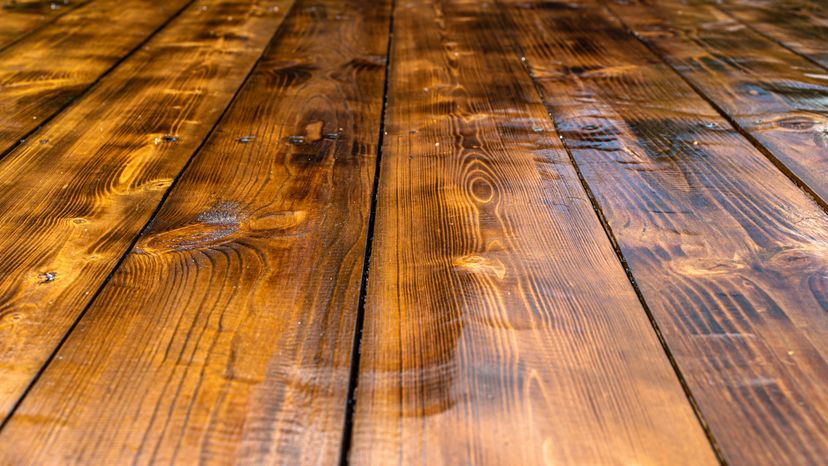Categorized as gymnosperm trees, softwoods tend to stand out with their needle-like leaves and iconic cones. Essential in the construction of timber framed buildings, and critical to their respective ecosystems, softwood trees provide diverse resources, habitats, and environmental benefits.
Distinctive Features: Most softwood trees are evergreen, maintaining their foliage year-round and ensuring continuous photosynthesis. Their needle-like leaves, often coated with a protective wax, minimize water loss, enabling these trees to flourish in various climates. Cones, their reproductive structures, safeguard and disperse seeds that ensure the species' continuity.
Prominent examples:
- Pine: A versatile wood, pine is prevalent in construction and furniture. Its sap is also a source of resin and turpentine.
- Spruce: Esteemed for its resonance, spruce is chosen for musical instruments, including violins.
- Cedar: Cedar’s aromatic and insect-repellent qualities make it a favorite for closets and outdoor applications. Western red cedar is particularly beloved among enthusiasts.
- Fir: With its robust and consistent grain, fir is essential in construction, especially framing.
- Redwood: Among the world's tallest trees, redwoods offer durable, rot-resistant wood ideal for exterior structures.
Ecological role: Softwoods house diverse wildlife, from birds to smaller creatures, within their branches and undergrowth. Beyond offering shelter, they're instrumental in soil preservation and atmospheric balance, thanks to their expansive root systems and year-round carbon absorption.
